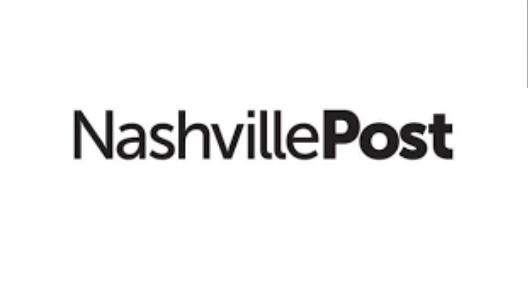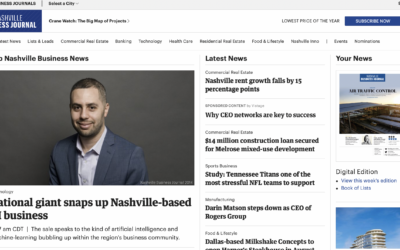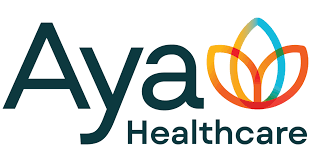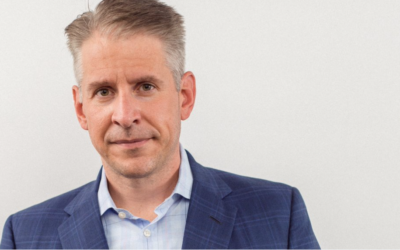With the promise of improving outcomes and cutting costs, artificial intelligence is getting plenty of attention from numerous health care companies. Nashville players are no different and a number of groundbreaking AI projects are underway here.
One of those is a prescriptive analytics solution that offers bedside treatment recommendations for clinicians in the behavioral health field. The program, developed by Raiven Healthcare in partnership with local consulting firm SwitchPoint Ventures, works as a collaborative database of clinician annotation and deidentified historical patient data. And while predictive analytics solutions have been making headway for a while, Raiven and SwitchPoint are taking it a step past the predictive stage and using artificial intelligence to create a prescriptive model.
“A lot of groups haven’t made it there yet,” says Damian Mingle, chief data scientist for SwitchPoint and adviser to the partnership.
In practical terms, Raiven’s platform reduces trial-and-error care practices by pooling the experience and data of physicians and applying the resulting data to individual patients and assisting doctors in their decisions and then incorporating new best practices far more rapidly than existing evidence-based medicine approaches.
“Every case becomes a part of a collective, and how that collective works is on many things — the underlying patients and the providers of care that have annotated their experience,” Mingle says. “When you think about the layers of contributions from both sides all going into the next patient that rolls through the door, it’s an incredibly powerful thing.”
The prescriptive platform does not take the place of a physician’s diagnosis but provides another well-informed item for physicians to consider in their decision-making process. The upside: fewer follow-ups visits and tests and faster and cheaper diagnoses.
“There is an optimality that a machine can get through technology that is harder to get at with just human intuition,” Mingle says. “What we try to do is help the human intuition by suggesting what the optimality could be.”
The program’s care plan recommendations come with explanations of how the system arrived at the suggestions, something Mingle says helps keep doctors updated with best practices. More knowledge, better care.
Nashville-based health IT giant Change Healthcare also has its hands in the AI industry, but in a different way. In August, the company announced its Dual Enrollment Advocate program, which blends artificial intelligence and behavioral science to personalize communication and outreach to Medicare Advantage members eligible for both Medicare and Medicaid.
Nick Giannasi, Change’s chief AI officer, says that about one-third of the nearly 60 million Medicare beneficiaries live below the poverty line and are, in theory, also eligible for Medicaid. However, only 10 million are currently dual-enrolled, which means roughly another 10 million people could reap the benefits.
“If you can get them dual-enrolled, you can get them better coverage and care. It’s a meaningful opportunity both from the financial and moral population health perspective,” Giannasi says.
In the past, outreach to members was done in a generic way. Giannasi says providers now have access to a substantial amount of information about their patients’ medical history and socioeconomic status. That information can be applied to understand and identify which patients are eligible for enrollment. And instead of simply sending out phone calls, the AI system pinpoints the best means by which to contact possible plan members, including by identifying languages, different content forms and pinpointing times of day. In essence, the administrative burden moves away from providers while patient engagement grows, including financially.
“You are lowering bad debt and bringing revenue back to the provider that has just been sitting out there,” Giannasi says. “You are increasing revenue for providers with a lower-cost solution than what was previously standard, while cutting the time it takes significantly.”
In the end, AI’s one huge need in order to be successful is data — and lots of it. Change Healthcare has a decided advantage on that front: It has a hand in two trillion transactions a year that its machines can learn from and use to identify trends.
“We have a transactional network that covers two-thirds the population,” Giannasi says.





